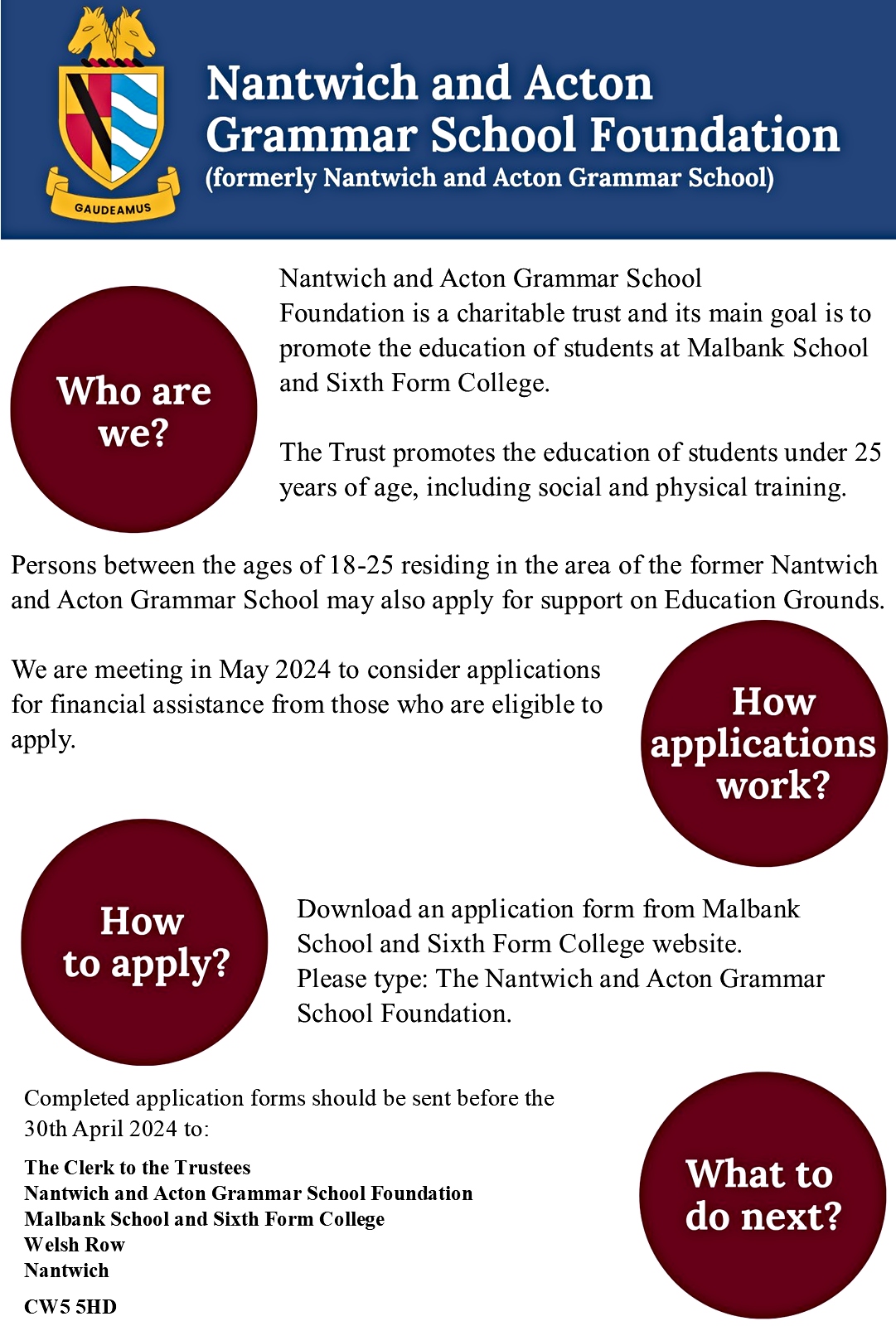
Maintaining health and wellness plays a pivotal role in everyone’s life, yet it poses unique challenges for individuals with limited mobility.
Staying fit transcends physical health; it’s about enhancing the quality of life, fostering mental well-being, and promoting independence.
For those navigating life with restricted movement, the fitness journey requires adaptability, perseverance, and the right strategies to make meaningful progress.
Understanding Limited Mobility
Limited mobility can stem from various sources—be it chronic conditions, injuries, or age-related changes.
Recognising the impact of these limitations on daily activities is the first step toward crafting a personalised fitness regimen.
It’s essential to consult healthcare professionals who can offer tailored advice.
This ensures that any exercise plan accommodates one’s needs and aligns with overall health goals. Fitness, therefore, becomes an accessible goal, not an insurmountable challenge.
Setting Realistic Goals
Goal setting is a fundamental part of any fitness journey, especially for individuals with limited mobility.
Realistic, well-defined goals provide a sense of direction and motivation.
Setting attainable objectives is key, whether improving muscle strength, enhancing flexibility, or boosting cardiovascular health.
Celebrating each achievement fosters a sense of accomplishment and motivates further progress.
It’s also beneficial to periodically review and adjust these goals to reflect any changes in ability or aspiration, ensuring they remain relevant and attainable.
This adaptive approach keeps the journey towards wellness both challenging and achievable, transforming ambitions into tangible outcomes.
Adapting Physical Exercises For Limited Mobility
Adapting exercises to fit one’s mobility levels opens possibilities for staying active.
From seated strength-training exercises to flexibility routines that can be performed with the assistance of powerchairs or electric wheelchairs, there’s a spectrum of activities suited for different abilities.
These adapted exercises not only help in maintaining physical health but also in enhancing mobility and independence.
For instance, using a powered wheelchair to engage in aerobic exercises can significantly contribute to cardiovascular health, demonstrating that the right approach can transform limitations into strengths.
The Role Of Assistive Technologies
Assistive technologies, including powerchairs and electric wheelchairs, play a transformative role in the lives of individuals with limited mobility, offering much more than mere transport.
These advanced devices empower users by enhancing their ability to engage in various physical activities, thus supporting an active lifestyle.
When selecting an assistive device, it’s essential to consider how its features align with your fitness goals.
For instance, some powered wheelchairs are designed to withstand more rigorous physical activities, offering stability and durability.
Integrating these technologies into your exercise routine can significantly enhance your physical health, contributing to muscle tone, stamina, and cardiovascular health.
Moreover, the psychological benefits of using such technologies should not be underestimated.
They foster a profound sense of independence and autonomy, key components of mental well-being.
To fully benefit from these technologies, one should also explore training sessions or workshops offered by manufacturers or disability organisations.
These can provide valuable tips on getting the most out of your assistive device, ensuring that you can safely and effectively incorporate it into your fitness regime.
Nutrition And Hydration
Maintaining a balanced diet and adequate hydration are essential for supporting an active lifestyle.
Nutritional needs can vary greatly depending on individual health conditions and the extent of physical activity.
Therefore, consulting a dietitian to craft a personalised eating plan is wise.
This plan should focus on nutrient-rich foods that fuel the body for exercise and daily activities.
Similarly, staying hydrated is vital for overall health and can significantly impact energy levels and physical performance.
Small adjustments in diet and hydration can have profound effects on wellness.
Mental Wellbeing And Exercise
Exercise is a powerful tool for enhancing mental health. It can alleviate symptoms of depression, anxiety, and stress by releasing endorphins, the body’s natural mood elevators.
For those with limited mobility, finding suitable and enjoyable forms of exercise is vital.
Activities like wheelchair yoga, adaptive strength training, or even hand cycling can provide physical benefits and substantially boost mental health.
These activities help improve sleep, elevate self-esteem, and counter feelings of isolation by fostering a sense of community and achievement.
Incorporating regular physical activity into your routine, tailored to your abilities, can significantly enhance your mental resilience and emotional balance, contributing to a more fulfilled and balanced life.
Creating A Supportive Environment
The environment in which one pursues fitness goals significantly influences their success.
Ensuring that your fitness space is accessible and well-equipped to meet your needs removes barriers to regular exercise.
Equally important is the support from friends, family, and caregivers, whose encouragement plays a vital role in maintaining motivation.
This support network can offer emotional encouragement and practical assistance, making the fitness journey less daunting.
Additionally, seeking professional guidance from physiotherapists or fitness trainers specialising in adaptive exercise can provide valuable insights into creating a personalised and effective fitness regimen.
Such a supportive environment facilitates physical accomplishments and reinforces the determination to pursue and achieve one’s fitness goals, underlining the significance of a strong support system in the journey towards improved health and well-being.
Innovative Fitness Programs And Resources
The fitness landscape is continuously evolving, with more resources available to cater to the unique needs of individuals with limited mobility.
Numerous programs now offer adaptive exercises tailored to the capabilities and restrictions of their participants.
Online platforms and mobile apps have made these resources more accessible than ever, providing workouts, tracking capabilities, and communities for support and motivation.
Local gyms and community centres often host classes designed for varying levels of mobility, fostering a sense of belonging and inclusivity.
Engaging with these programs can significantly enhance one’s fitness journey, offering structured pathways and the camaraderie needed to stay motivated.
Overcoming Challenges And Staying Motivated
Every fitness journey has its hurdles, and staying motivated can be particularly challenging when faced with physical limitations.
Accessibility issues, lack of suitable equipment, and periods of low motivation are common obstacles.
However, overcoming these challenges is possible with creative problem-solving and perseverance.
For example, many powered wheelchair users find innovative ways to integrate their equipment into exercise routines, turning obstacles into opportunities for adaptation and growth.
Finding a community or a group of like-minded individuals facing similar challenges can offer invaluable support, sharing solutions and encouragement to keep pushing forward.
Moreover, setting small, incremental goals can help maintain a sense of progress, making the fitness journey more rewarding.
Celebrating these achievements, no matter how small reinforces the belief that every effort counts and contributes to long-term wellness.
Staying fit with limited mobility might seem daunting, but it’s an entirely achievable goal with the right approach, resources, and support.
It’s about understanding one’s body, leveraging assistive technologies, and finding joy in movement within one’s capabilities.
Nutrition, hydration, and mental well-being are as much a part of this journey as physical exercise.
With innovative fitness programs and a supportive environment, overcoming challenges becomes part of the journey towards achieving personal wellness goals.
Remember, fitness is a personal journey unique to each individual’s circumstances and abilities.
It’s not about comparing oneself to others but about progressing towards one’s goals.
By adapting exercises, embracing assistive technologies, and fostering a supportive community, individuals with limited mobility can experience the profound benefits of staying active.
It’s a step towards better physical health and a happier, more fulfilling life.
(image under free licence by www.pickpik.com)

















Recent Comments